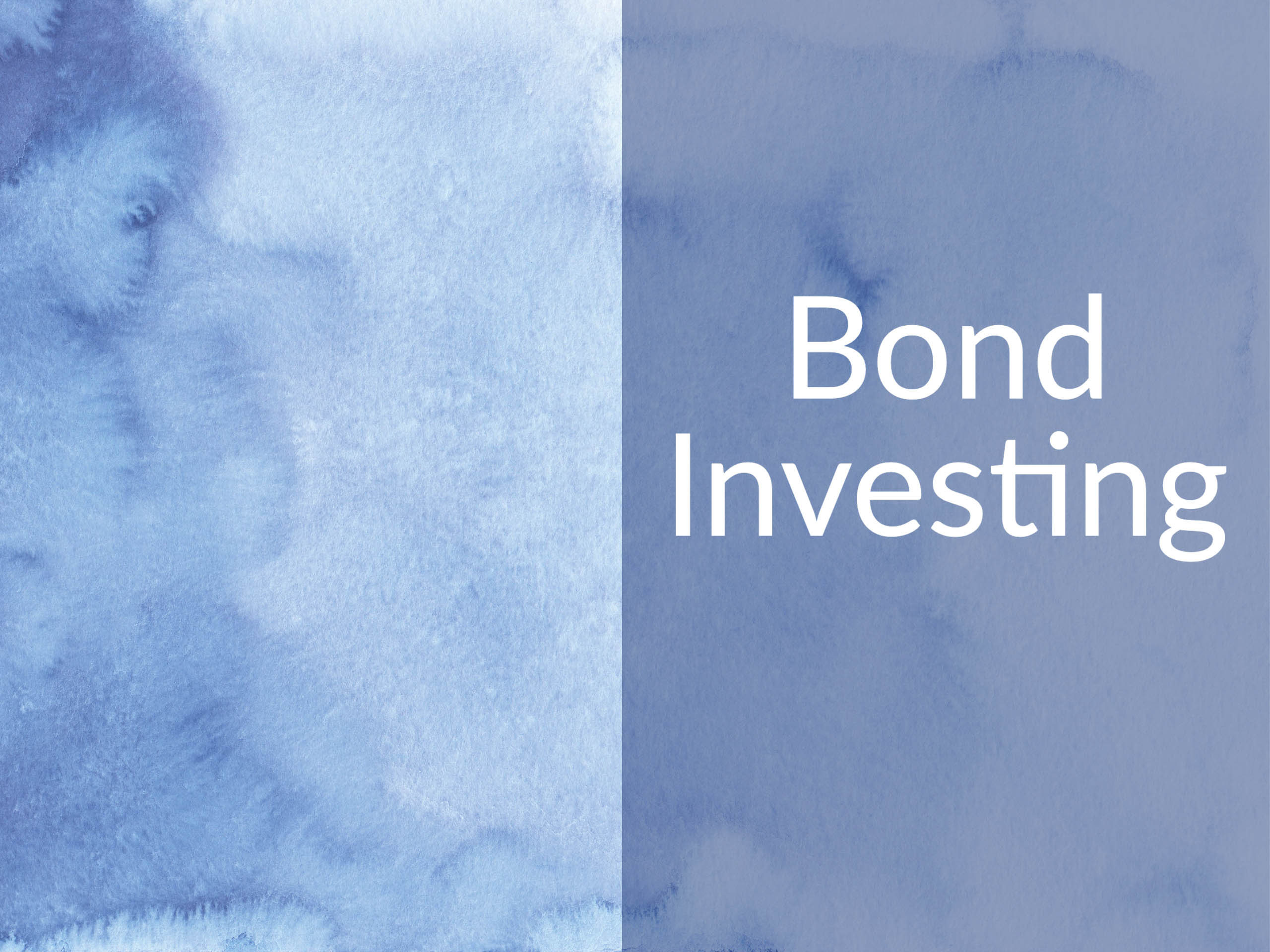What you need to know to confidently invest in bonds.

Topics covered include:
- Key components of bond investing include face value, coupon rates, yield-to-maturity, duration, and convexity
- How to decide between owning longer-term or short-term bonds
- How to decide whether to own individual bonds or bond funds and ETFs
- When to use active bond management versus bond indexing
- How bullet bond ETFs work and when to use them
- How to know when to invest in municipal bonds and corporate bonds
- When should you own foreign bonds
- Should you own bonds in taxable or tax-deferred accounts
- A bond case study based on current interest rates
Show Notes
A Complete Guide to Investing in I Bonds and TIPS—Money for the Rest of Us
Sponsors
Money Pickle – Schedule a free 45-minute video chat with a vetted financial advisor and ask them anything about your financial situation. Go here to schedule your free session.
Fundrise – The largest direct-to-investor alternative investment platform in the U.S.
Related Episodes
337: Why in the World Would You Own Bonds?
378 Plus: A Frustrating Time To Invest and Did Bulletshares Underperform?
Transcript
Welcome to Money for the Rest of Us. This is a personal finance show on money, how it works, how to invest it, and how to live without worrying about it. I’m your host, David Stein. Today’s episode, 418. We’re having a bond investing masterclass.
Bonds, also known as fixed-income, are one of my favorite asset classes. As an institutional investment advisor, I thoroughly enjoyed the research trips I took visiting bond managers like Pimco, Western Asset Management, and others.
I spent over 15 years researching fixed-income strategies and managers, as well as explaining how bonds and bond management works to my institutional clients. I managed institutional portfolios where fixed-income and bonds were a huge component of our decision process and the value we added.
For the past nine years, I’ve had the opportunity to teach about fixed-income investing on this podcast, and in our membership community, Money for the Rest of Us Plus. This past year there’s been a big pickup in the questions we get about bonds, now that interest rates are the highest they have been in over a decade.
Consequently, we thought it would be helpful to revisit the principles of bond investing to help you make better, more confident decisions when it comes to using bonds in your portfolio. Hopefully, this will be a resource you can go back to. Let’s get started then.
What Are Bonds
First, what are bonds? Bonds, which are also known as fixed-income, are debt instruments issued by governments, corporations, and other entities to raise money for new projects or ongoing operations. Bonds are essentially loans that investors make to these entities.
An investor can purchase newly issued bonds, such as through Treasury Direct if you’re a US citizen; Treasury Direct sells government bonds at auction to individual investors, and I suppose some corporations. Or as an investor, you can buy bonds that are already outstanding, that had been issued already, buy them in the secondary market through your brokerage account.
Principal
There are several key definitions or components when it comes to bonds, and we’ll go through five key things you need to know about bonds just in terms of definitions and what they mean.
The first is the face value. It’s also known as the par value. This is the principal, the original amount borrowed for each bond. This face value of par value is the amount the bond issuer will pay when the bond matures. Each bond has a set maturity date when the bond matures or is redeemed, and as a bond investor, you’ll get that principal back. A typical bond has a face value of $1,000.
Coupon Rate
A second key element of bonds is the coupon rate. The coupon rate represents the interest rate used to calculate the periodic interest payment. The interest payment is calculated by multiplying the coupon rate by the face value of the bond. Most bonds pay interest semi-annually.
Yield To Maturity
A third key component of bonds is the yield to maturity. The yield to maturity is the estimate of the bond’s total return if it is held to maturity. Now, some bonds can be redeemed early—it’s called being called—under certain conditions based on what interest rates have done.
As a Money For the Rest of Us Plus member, you are able to listen to the podcast in an ad-free format and have access to the written transcript for each week’s episode. For listeners with hearing or other impairments that would like access to transcripts please send an email to team@moneyfortherestofus.com Learn More About Plus Membership »
